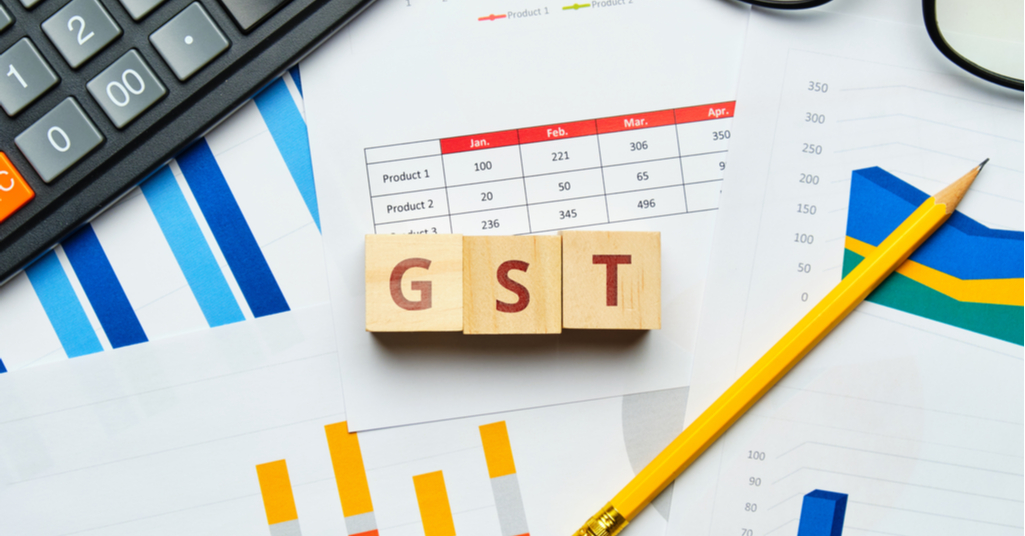With the introduction of GST, there have been many questions about how the rounding off of taxes works. Please read this article to know more.
It is quite common in business to encounter situations where the value of taxes turns out to be in decimals. In such cases, the question about how much tax values should be treated naturally arises. Businesses have traditionally used a variety of methods, including rounding up and down and standard rounding off. However, in the GST era, businesses must understand the proper method for rounding off tax values, as specific provisions have been laid out for the same. Following is an understanding of common tax rounding methods, followed by GST rounding rules to be followed when dealing with tax values in the GST registration era.
Methods of Tax Rounding
In most cases, businesses will use one of the following tax rounding methods:
- Normal rounding
- Downward rounding
- Upward rounding
Normal Rounding
If the value in Paise is 50 paise or more, it is rounded up to the nearest rupee, and if the value in Paise is less than 50 paise, it is rounded down to the nearest rupee.
Downward Rounding
The value in paise is always rounded downward to the nearest rupee in this type of rounding.
Upward Rounding
The value in paise is always rounded up to the nearest rupee in this type of rounding.
How to Round Off Under GST
The reliable way of rounding off is normal rounding, according to Section 170 of the CGST Act. All tax, interest, penalty, refund, or other amounts owed should be rounded off to the nearest rupee using the standard rounding off of tax liability method.
Method for GST Rounding
The GST Council has speculated on whether rounding up or rounding down would be the appropriate method in GST. After much deliberation, the method for GST rounding adjustment in GST invoices that has been finalized is normal rounding, which means that if the value in paise is greater than 50 paise, it should be rounded upward to the nearest rupee, and if the value in paise is less than 50 paise, it should be rounded downward to the nearest rupee.
This GST (Goods and Service Tax) rounding method will be used to calculate the amount of tax, interest, penalty, fine, or refund. As a result, taxpayers must ensure that the values of tax, interest, penalty, etc., are rounded off using the standard rounding method.
If the assessee has raised multiple invoices, should the tax be rounded off for the total amount or for the tax amount stated on each invoice?
GST Rounding for Multiple Invoices
A taxpayer may be required to pay tax on multiple invoices in some cases. The amount mentioned in each invoice may be in decimals, and the total tax payable amount may also be in decimals. In this case, the question is whether rounding off should be done individually or in a consolidated fashion.
The rules state that the tax payable under the applicable Act must be rounded off in such cases. As a result, it applies to each invoice because tax is payable on each invoice. Furthermore, separate rounding off must be made for each component of the tax payable that is CGST and SGST.
Rounding Off Is Applicable on the Following:
- SGST
- CGST
- IGST
- Cess
- Interest
- Penalty
- Fine
- Any other sum due or payable.


